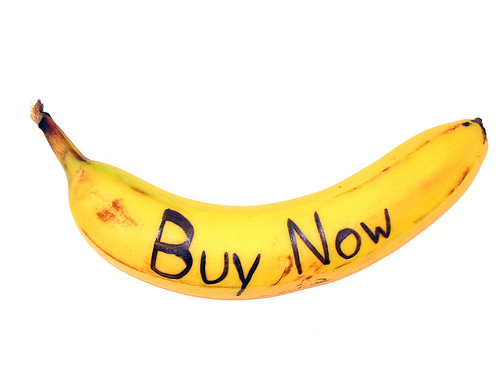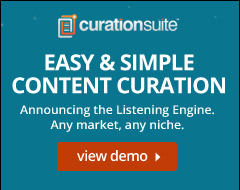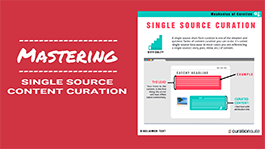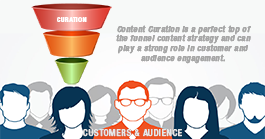
This is a common question we get asked quite a bit… what content closes sales?
Then the follow up question… is there a form of curated content that closes sales?
In this brief evergreen interview below Brian Kardon provides a really good starting point.First let’s cover the highlights of what he said:
- Match up content to the buying stages - people are trying to solve problems and initially they are not interested in your product. So start with solving the challenges and questions they have related to your product or service.
- Buying Signals - your content is the gateway to buying signal pages. These pages should be product or service specific and be designed to convert.
- Being perceived as helpful - at the top of the funnel you want to be perceived as helpful. There’s a psychological benefit you gain if you can be there to help them solve a problem or point them in the right direction. This is a long term strategy but done consistently it begins to pay off in your market place. Content can provide you with the halo effect around your product or services.
h/t to Steve Farnsworth for the interview.
Brian Kardon was recently named a Top 10 Global CMO for companies under $250 million in revenue by The CMO Institute and a Top 15 CMO on Twitter by Social Media Marketing Magazine. He is a Board Member of the Software & Information Industry Association (SIIA) and an active member of The CMO Club. He is a smart CMO.
That is spot on advice and something we’ve experienced first hand in our own content marketing.
What about curated content? Can that play a role in the elements mentioned above?
It sure can. Let’s cover each one individually
Buying Stages
As with created content the content that you curate should be matched up to align with your target markets buying stages. You should strive to curate content that cover a wide array of each stage. What’s good about using curation for this is typically you’ll find more than enough sources of curation and inspiration. Another side benefit is these curations will spur and create insight for content you might create.
There’s been many pieces of content we’ve curated that simply took off in engagement, traffic, and conversions. This lead us to then use that curated content as an inspiration to dive deeper into the topic.
Buying Signals
I’ll share a secret about curated content. In many markets it converts better than long form created content. That might come as a suprise but Ibelieve it comes down to one simple thing.
Typically with curated content your content is much shorter. You typically have a lead, cited content, then a closing. With content like this it’s easy to consume and the user does one of three things:
- They stick around your platform and see what else they can do (engage, share, visit other pages)
- They visit the content you’ve cited
- They leave (hopefully after they’ve consumed what you offered)
The top one is what we really care about. This is your conversion opportunity. Of course if they visit the cited content there is a benefit there as well but not as immediate if they went to a pricing page or a product/service information page.
Good curated content has the potential to convert just as good (and sometimes better) than high impact created content.
Being Helpful
This is curation 101. All of your curation should be helpful or entertaining to your audience. It’s should be in line with your editorial perspective and provide benefit to your audience.
This is another area well suited for curated content. I say this a ton especially with clients in our Quick Start Package, your perspective and the value your market gets from that is one of the most important aspects of successfully using content curation in your marketing.
If you consistently hit that out of the park you’re onto something great.
If you haven’t watched the video above I highly suggest you do. It’s a good primer on content marketing and I wanted to use those concepts here to speak specifically of how curation can play a role.
Image By: edkohler









